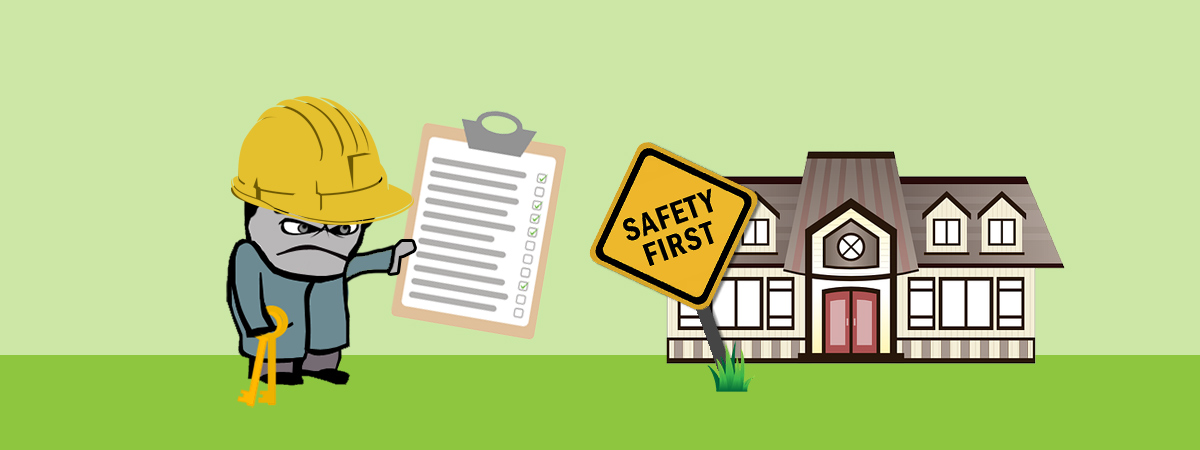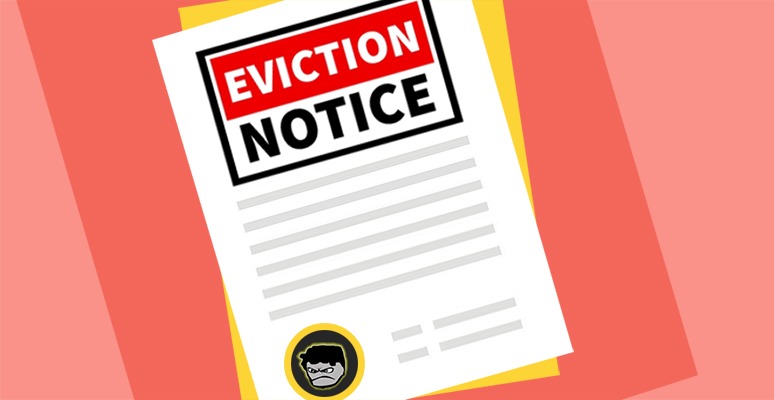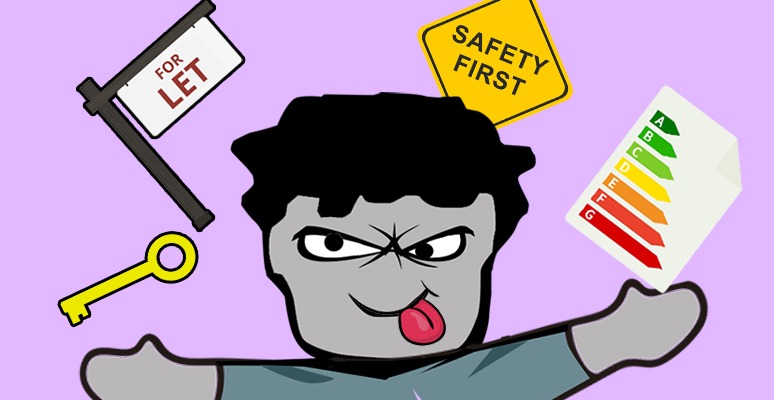
Whenever I go through the transition of changing tenants, I ALWAYS make sure the property remains vacant for at least a few days before new tenants move in. That window allows me to ensure everything in the property is in safe and working order. It’s also a good time to make cosmetic improvements (e.g. splash the walls with a new coat of paint), if required.
I usually judge how much time the property will remain vacant during the final/check-out inspection a week or so before my tenants’ are due to vacate. If there is no severe damage or cosmetic alterations required, a few days is usually ample time to give the property a once over. Regardless, no matter how immaculate a property appears, I’ll still leave a minimum two day vacant period.
A quick reminder of the landlord’s responsibility to ensure health & safety!
The Landlord and Tenant Act 1985 states that where a short lease of less than seven years which started on or after 24th October 1961, the landlord is responsible for the following:
a) to keep in repair the structure and exterior of the dwelling-house (including drains, gutters and external pipes)
b) to keep in repair and proper working order the installations in the dwelling-house for the supply of water, gas and electricity and for sanitation (including basins, sinks, baths and sanitary conveniences, but not other fixtures, fittings and appliances for making use of the supply of water, gas or electricity), and
c) to keep in repair and proper working order the installations in the dwelling-house for space heating and heating water.
Essentially, landlords are legally obligated to ensure their rental property is in safe and working order, including all the fittings and appliances provided. For more details, hop over to the Landlords Responsibility to Repair And Maintain blog post.
Health & Safety Checks I always conduct
Now, besides from general cleaning and cosmetic fixtures that may need some attention, does anyone actually have a routine safety inspection/check? I mean, I do the basics (or at least what I consider to be the basics):
- Ensure the property has a valid Gas Safety Certificate
- Ensure all doors/windows open, close and lock properly
- Ensure smoke & carbon monoxide alarms are in working order
- Check all electrical items that are provided (which is usually only the smoke alarm)
- Ensure there are no exposed electrical wires or broken plug sockets
- Ensure any fitted units that come with the property are securely fitted to the walls
- Look out for any obvious health hazards like ripped carpets, or broken laminate/hardwood flooring. Basically, anything that can enforce a trip or fall
I think that’s as extensive as my checks get. But I’m assuming that I cover the basic areas; enough to keep me out of trouble anyways.
According to The Association of Independent Inventory Clerks (who? Yeah, exactly.), many landlords are still unaware of even basic health and safety rules when leaving their properties for rental. Here is a list of the top 10 most common health and safety issues found in rented properties according to their findings:
Top 10 most common health and safety issues found in rented properties
- 1: Non-compliant furniture, bedding and soft furnishings
- 2: Loose sockets and light switches
- 3: No smoke alarms or monoxide detectors fitted
- 4: Obscured gas meters and electricity mains fuse boxes
- 5: Curtain tracks and blinds where screws have been put directly into the wall without using raw plugs
- 6: Loose/damaged steps, paving outside the property
- 7: Loose stair carpet
- 8: Poorly maintained decking
- 9: Air vents and air bricks covered in rooms especially where there are gas appliances
- 10: Locked windows with no keys supplied
Regardless of whether you have a routine healthy and safety regime, it might be worth paying attention to the above areas, along with any additional checks you may already undertake. I’m not entirely sure how much legal trouble (if any at all) failing to meet the demands of each point in the list can land you in, but I’m assuming each safety issue has its own degree of danger. For example, I can’t imagine failing to use raw plugs when hanging up curtain blinds would have as much grounds for legal prosecution as failing to fit smoke alarms. But don’t quote me on that.
Anyways, with British consumers becoming increasingly Americanised with the whole suing culture crap, it’s probably best not to take any chances with safety.
If anyone has any additional health and safety tips/stories, you know what to do… get on the mic and spit your lyrics.
Disclaimer: I'm just a landlord blogger; I'm 100% not qualified to give legal or financial advice. I'm a doofus. Any information I share is my unqualified opinion, and should never be construed as professional legal or financial advice. You should definitely get advice from a qualified professional for any legal or financial matters. For more information, please read my full disclaimer.


 Landlord Products / Services
Landlord Products / Services



























Of the top 5, I don't think I would have worried about the lack of Rawl plugs in curtain rails! One place I lived used bathroom wall tiles on the front steps, as they aren't meant for floors they are like ice when wet. On 5 steep concrete steps it seemed pretty lethal (literally if someone managed to brain themselves on the way down).